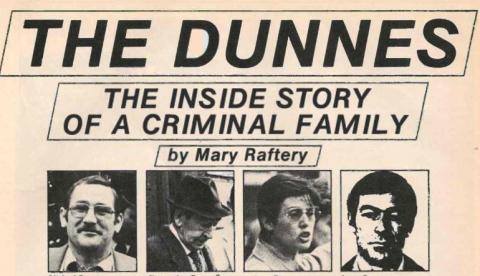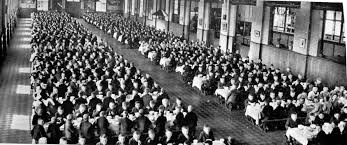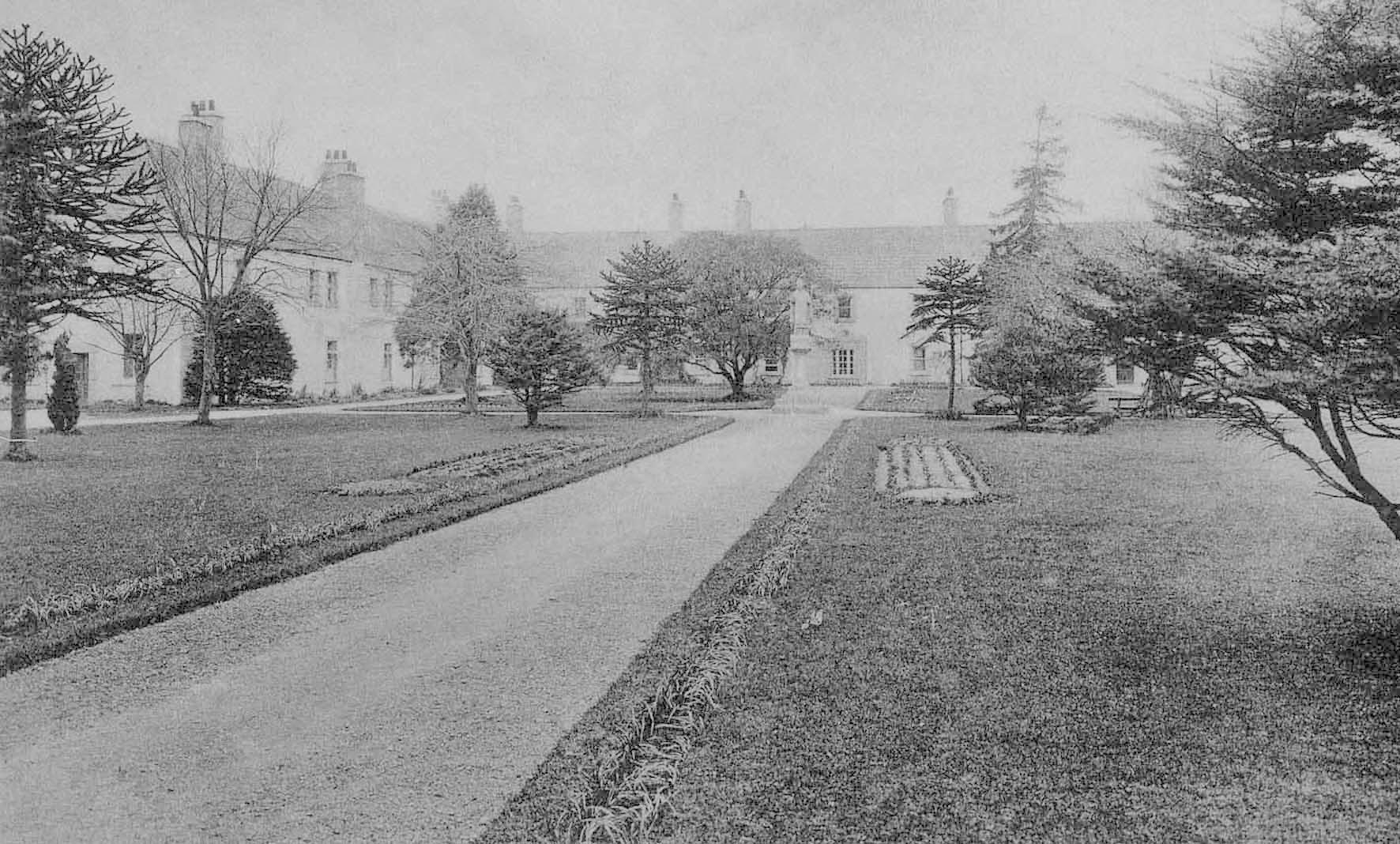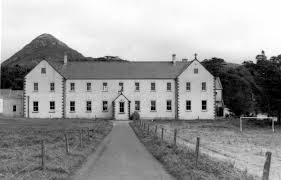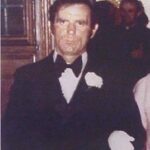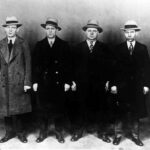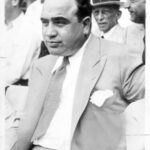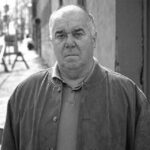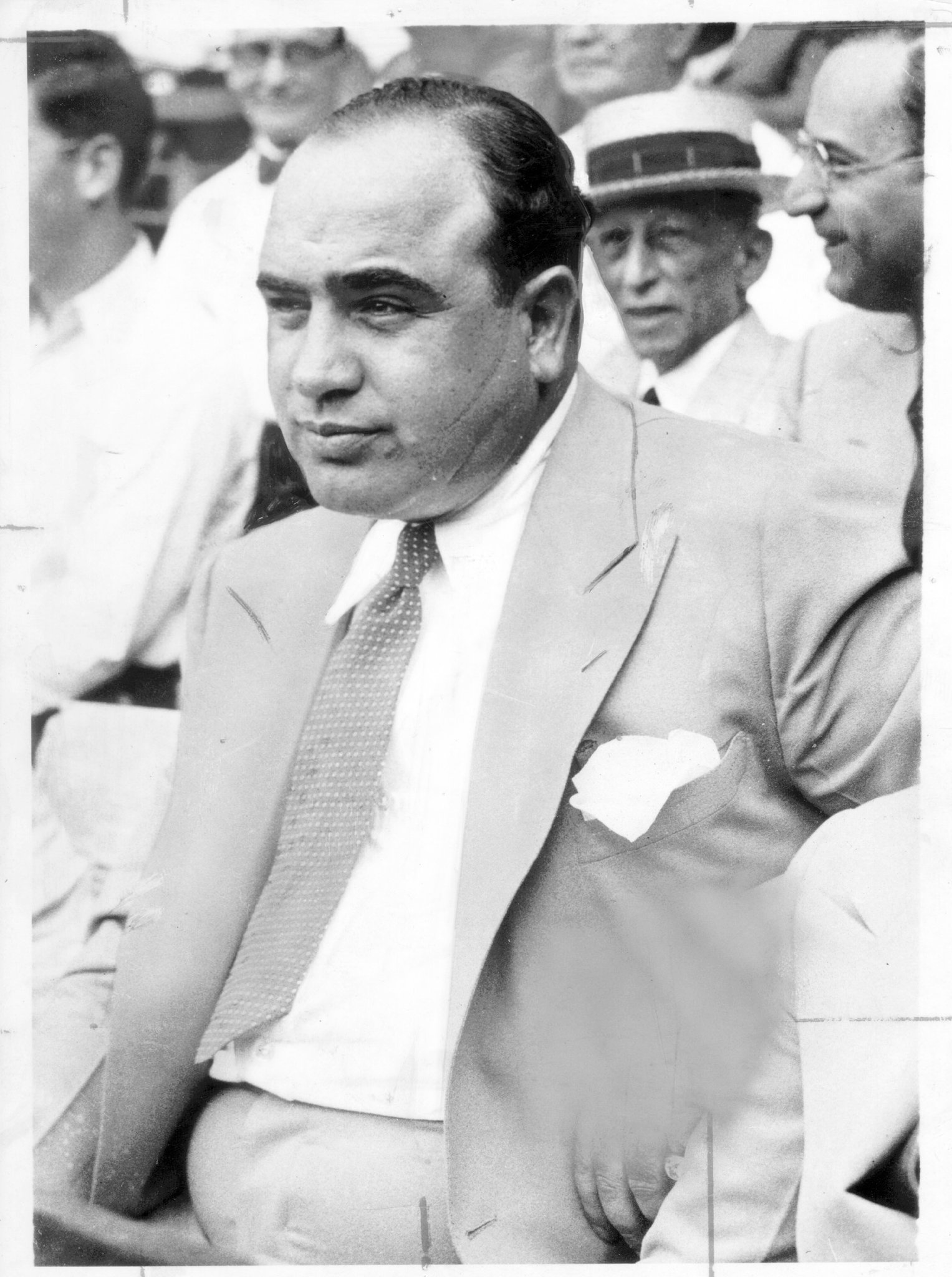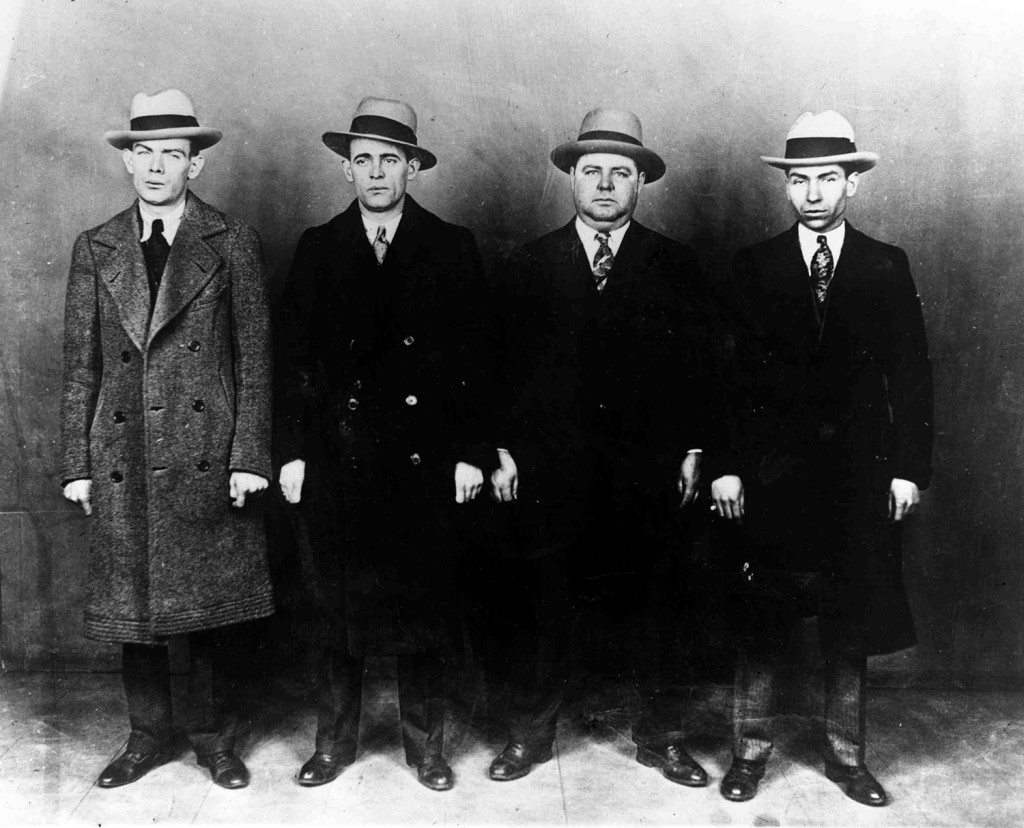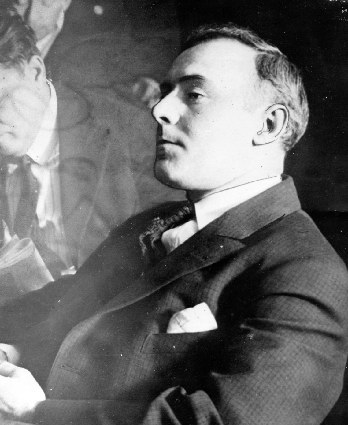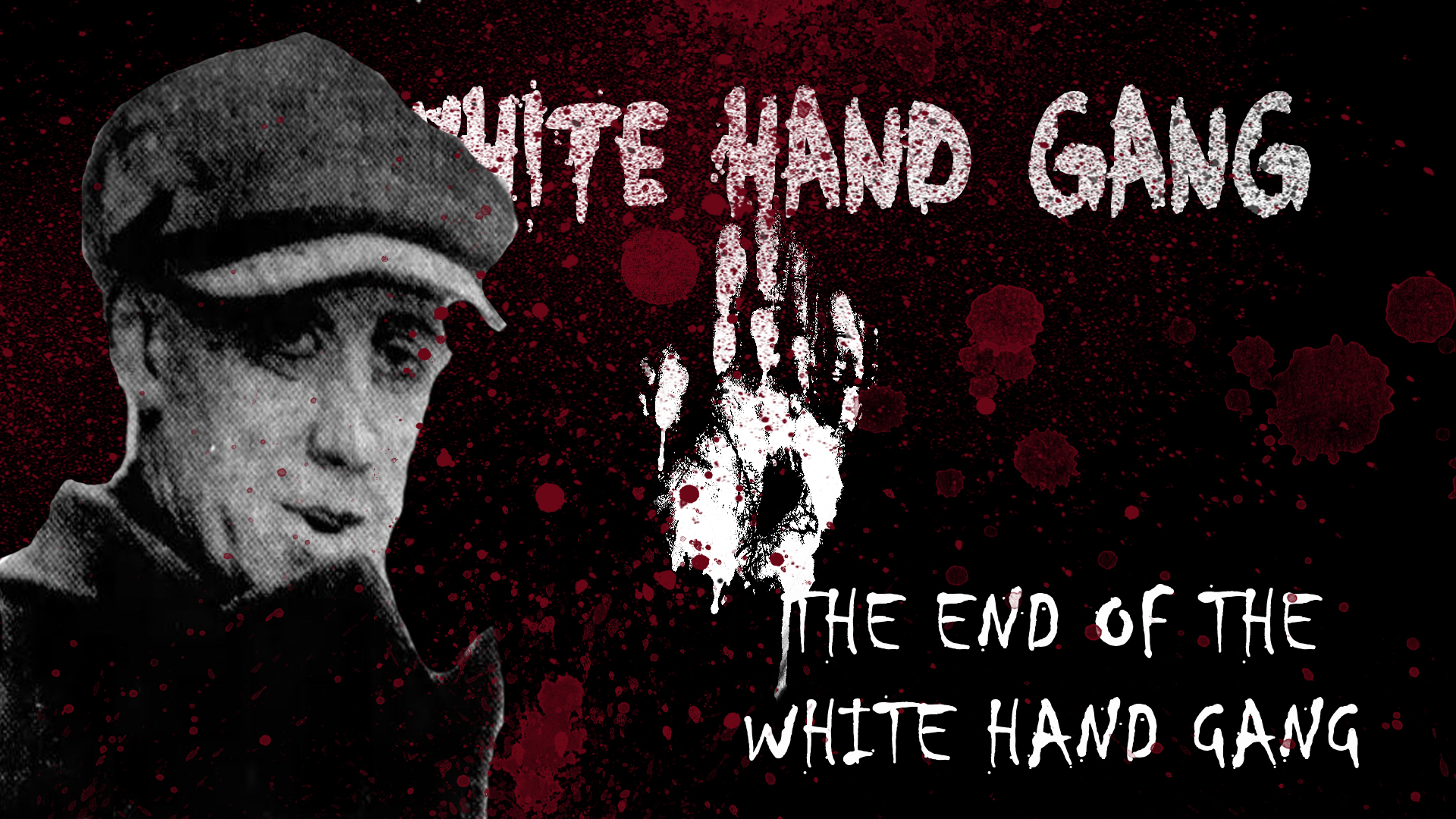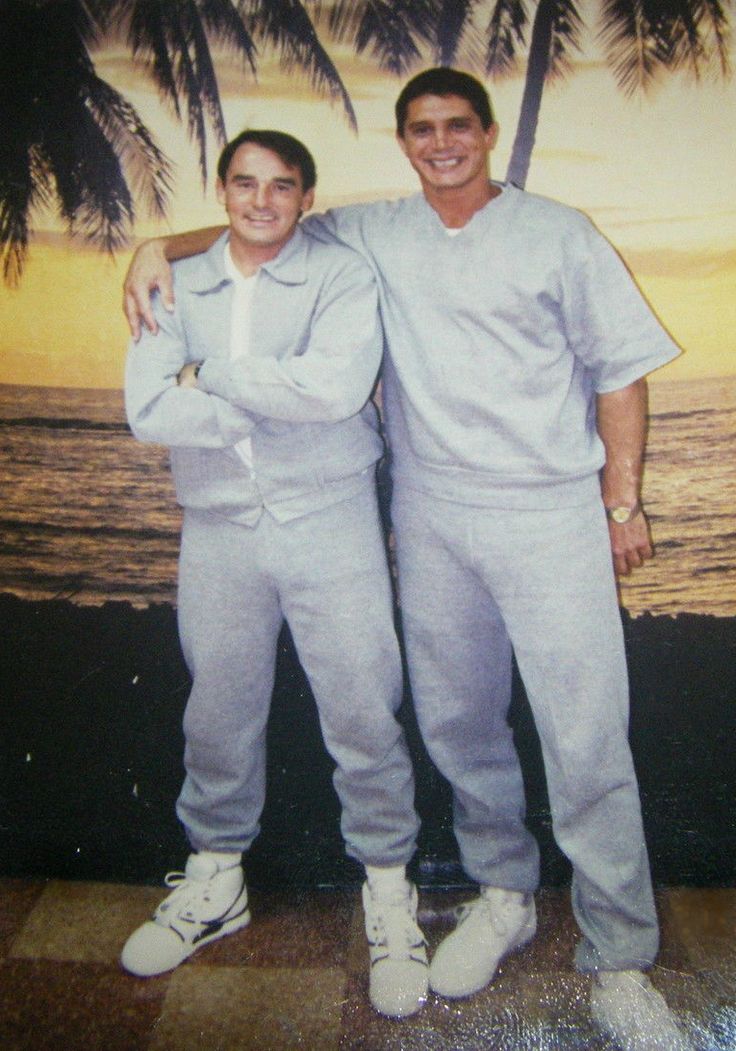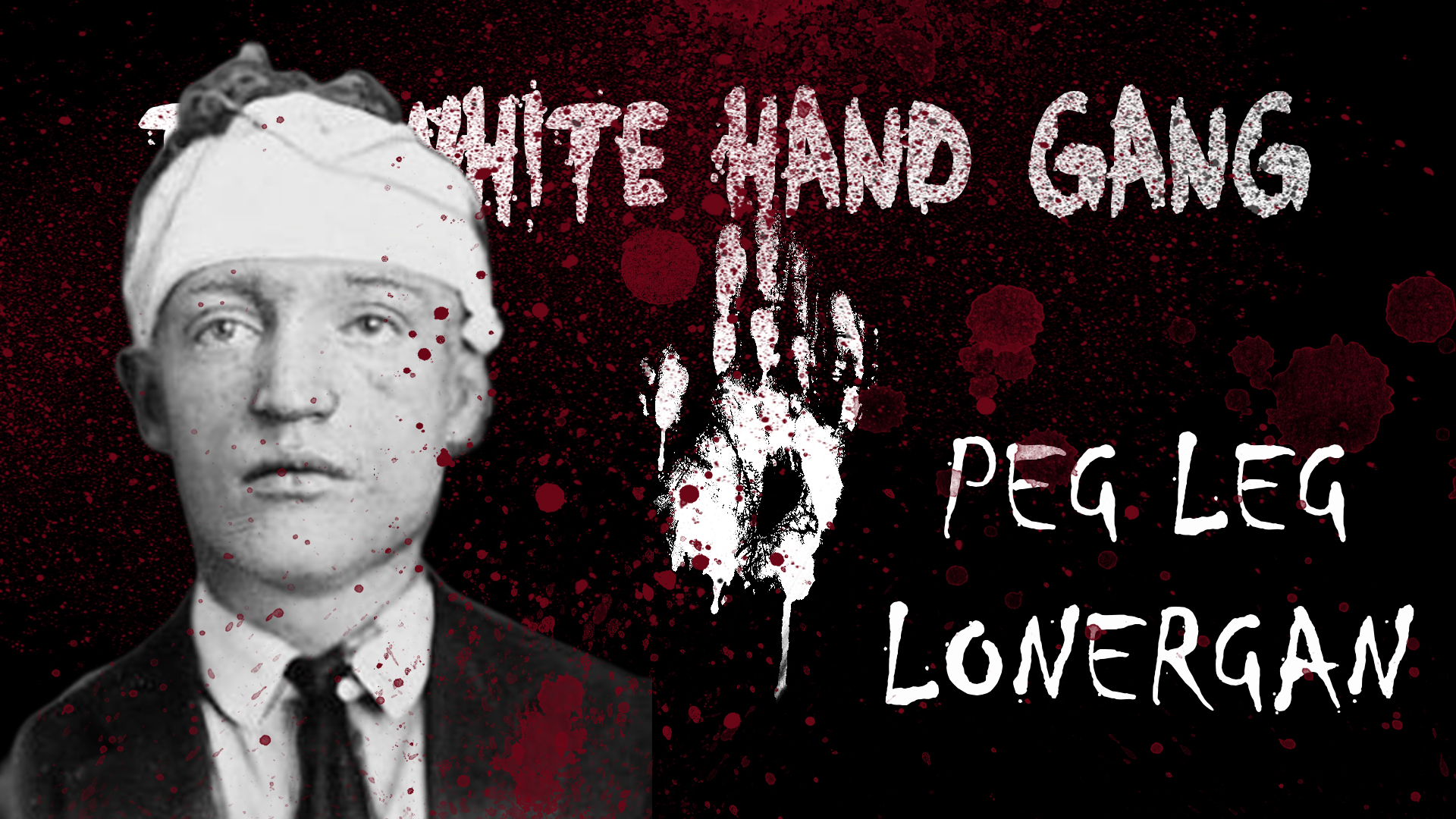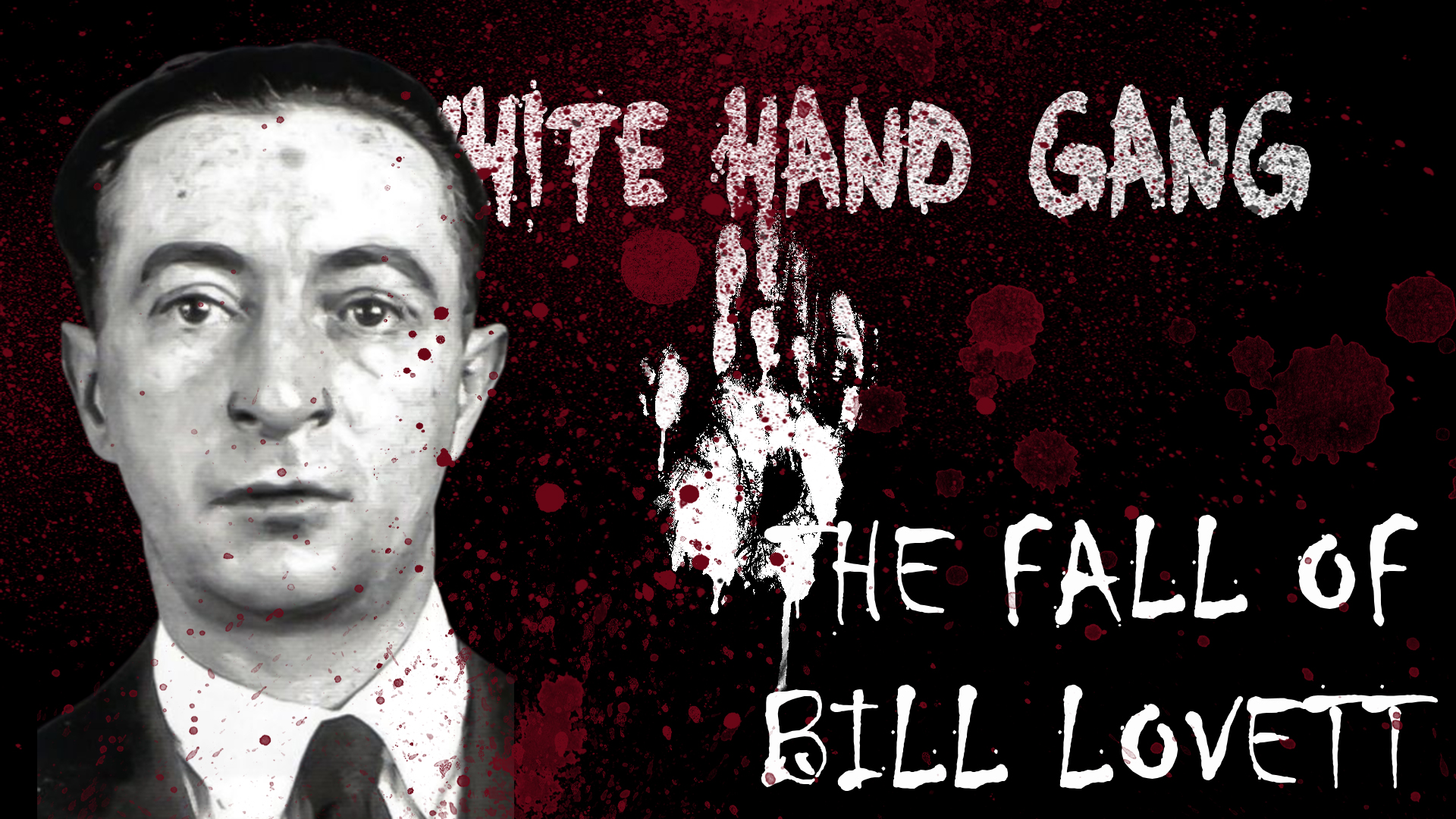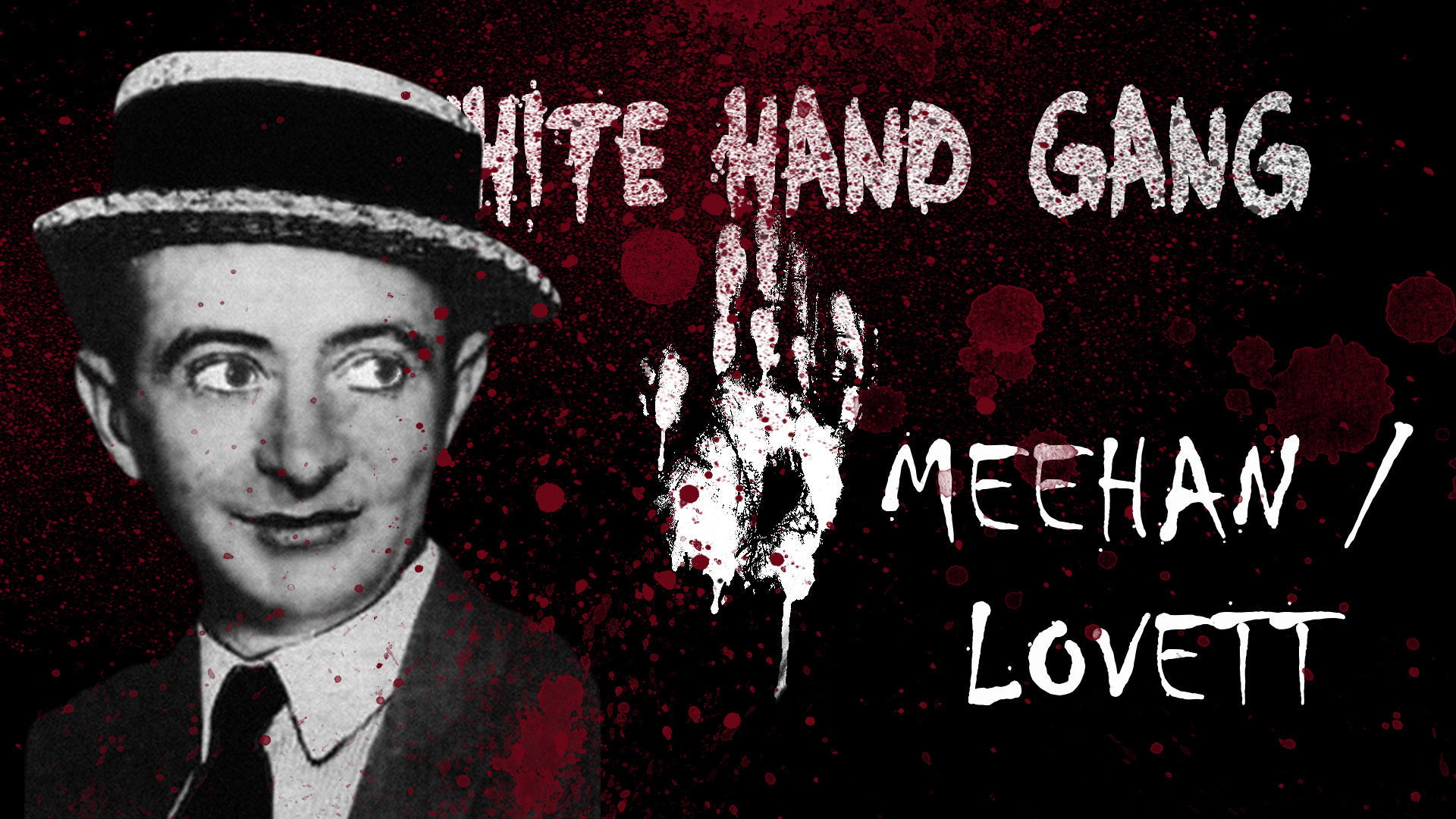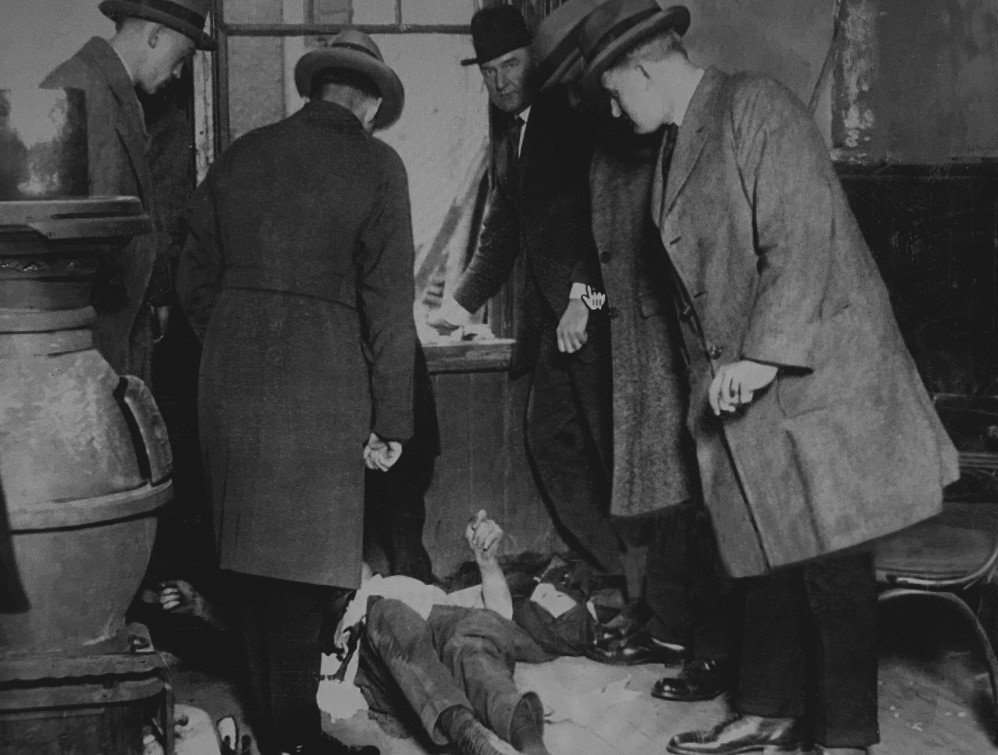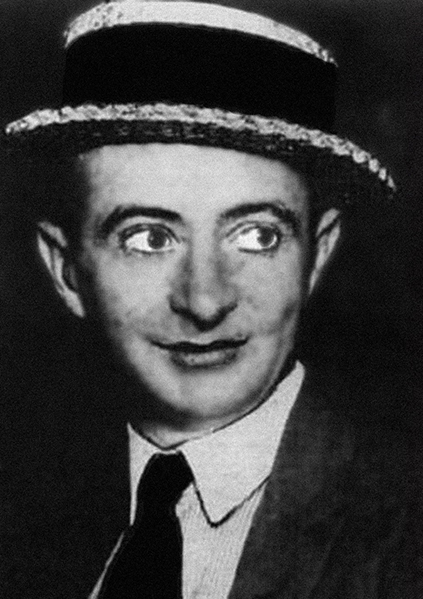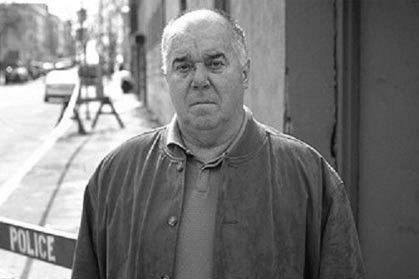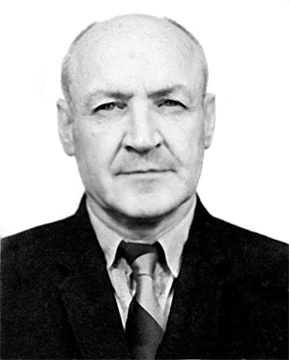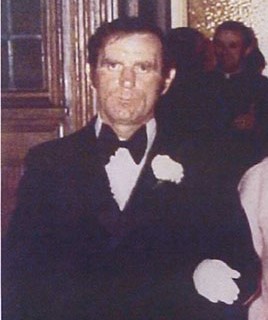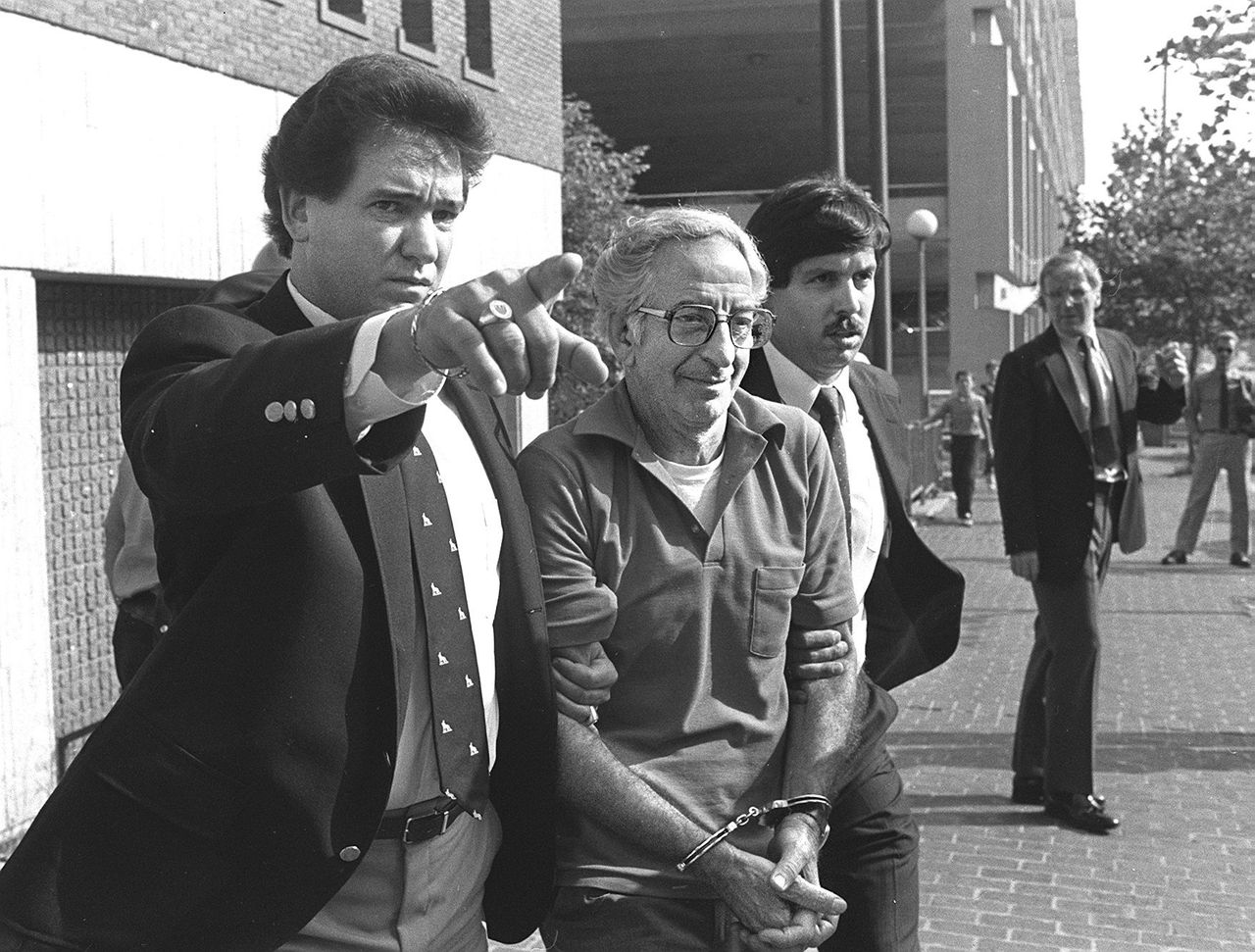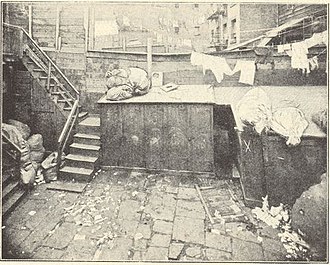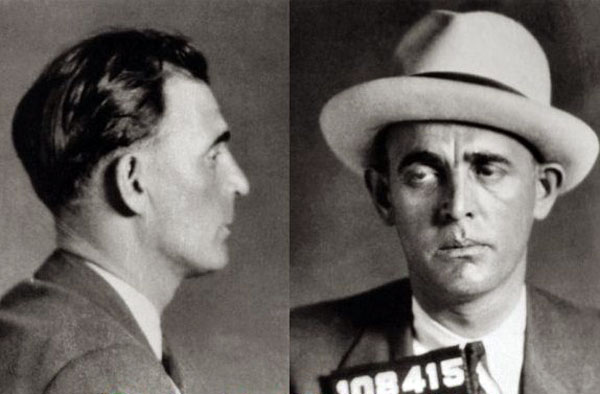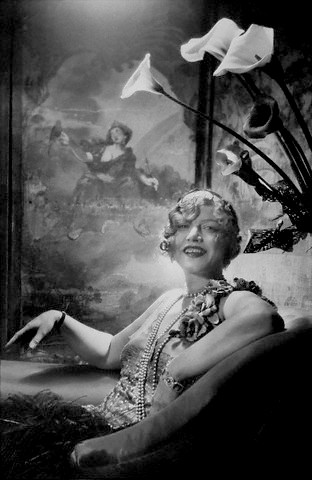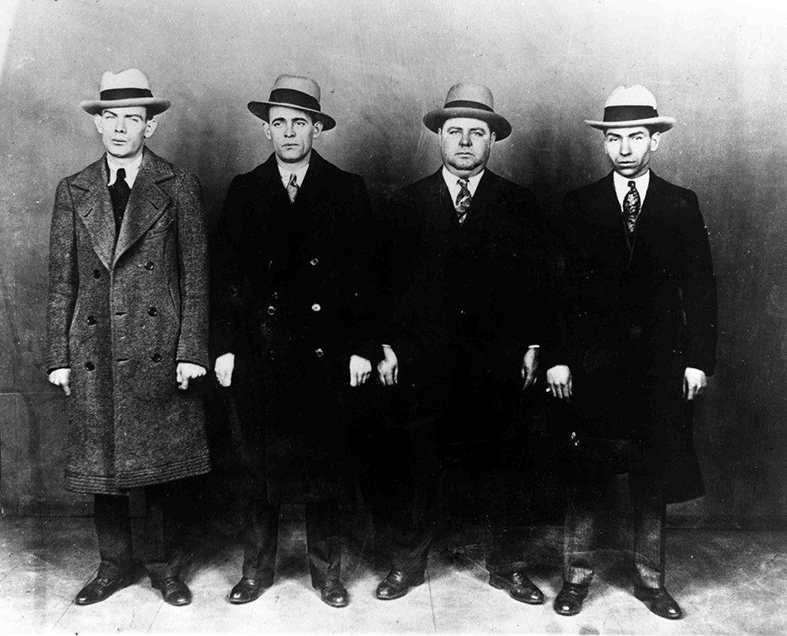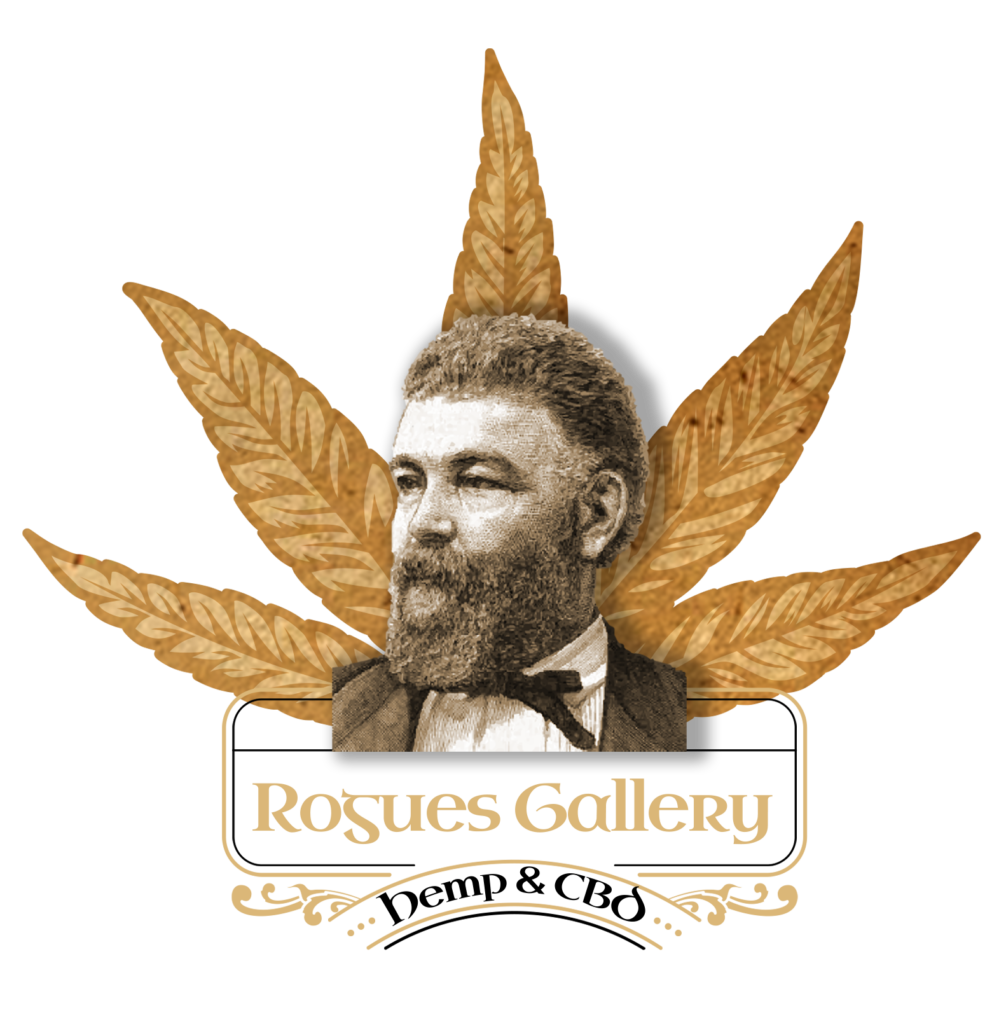The Dunne’s began life on the streets of the Liberties area of Dublin, their parents had a clothes stall in the Francis Street markets, they later moved to the Dolphin’s Barn area, where they lived on Rutland Avenue, Dublin City Corporation houses that were built in the mid-1940’s. There were 17 children in total in the Dunne household, large families weren’t uncommon throughout Ireland in those days.
It is worth pointing out that despite the myth surrounding the Dunne Family, they strongly contest a lot of the allegations made in the media, the police & in the courts. Christy Dunne is currently in the process of appealing a conviction he received in 1992, for which he spent 10 years in prison for. According to Christy Dunne:
“Targeting people and scapegoating people wasn’t done collectively by the police and the government. It was done by individual police men who were worse than criminals. And they did that to me.”
The Dunne’s father spent time in prison, for political reason’s, so the eldest son Christy became the head of the house and helped his mother the look after the rest of the family as best they could. However, this didn’t stop the Dunne’s from getting into trouble. Eight of the Dunne boys spent time in the notorious industrial schools.
The industrial schools were custodial places, much the same as reformatories, in which orphans, school truants and boys with criminal convictions were all locked up together, up to the age of 16. The industrial schools were run by religious orders, mainly by Christian Brothers. They were brutal places known for the constant use of violence, among other forms of abuse.
Christy was sent to Carriglea on Rochestown Avenue in Dun Laoghaire when he was eleven. Larry was sent to the notorious Daingean industrial school in Offaly. Brothers Robert, Henry and Vianney spent time in the Artane school. Gerard also spent time in an industrial school and Johnny and Hubert were sent to Uptown in County Cork which was run by the Rosminian Order. Hubert died while in custody when he was involved in an accident. Most of the first generation gangsters in Ireland spent time in these industrial schools in their formative years, which hardened them.
When they were released from the industrial schools they came out into a world where the Gardai (Irish Police) were very unprepared for professional criminals. Many of the Dunne brothers had moved to England in the 1950’s, where some of them had gotten involved in crime and Shamie, Charlie, Robert, Mickie, Larry and Vianney spent time in prison where they made connections that they would use in their future endeavors.
The Dunnes that were left in Ireland remained in minor crime, Christy Dunne had been charged in connection to a robbery but was acquitted in 1961. After this he made a genuine attempt to go straight, setting up a construction company, which folded in 1967 due to the bank strike and then driving a taxi.
Christy also became involved in politics most notably the Fine Gael party. In 1966, Christy was deeply involved in the presidential election campaign. He worked for the Fine Gael candidate, Tom O’Higgins, and supplied and drove the lorry from which the candidate and several senior Fine Gael politicians made their election speeches in the Dublin area. He was very friendly at the time with most of the senior members of Fine Gael, and was occasionally permitted to deliver speeches during the 1966 campaign. Christy would remain involved in politics in the years to come.
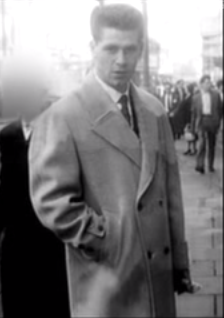
During an early stint in Mountjoy Prison, Dunne forged links with members of a Republican group which wanted to be funded by armed robberies.
Pressed about his connection to the group, Dunne said: “I did the same thing that my grandfathers and my father would have done, simple as that.”
It was the sourcing of weapons that he met another of Ireland’s major criminal’s, Martin Cahill “The General”. Christy said “He was a decent man. A very decent man, especially to his own people. He wasn’t the type of fella who was involved in drugs”
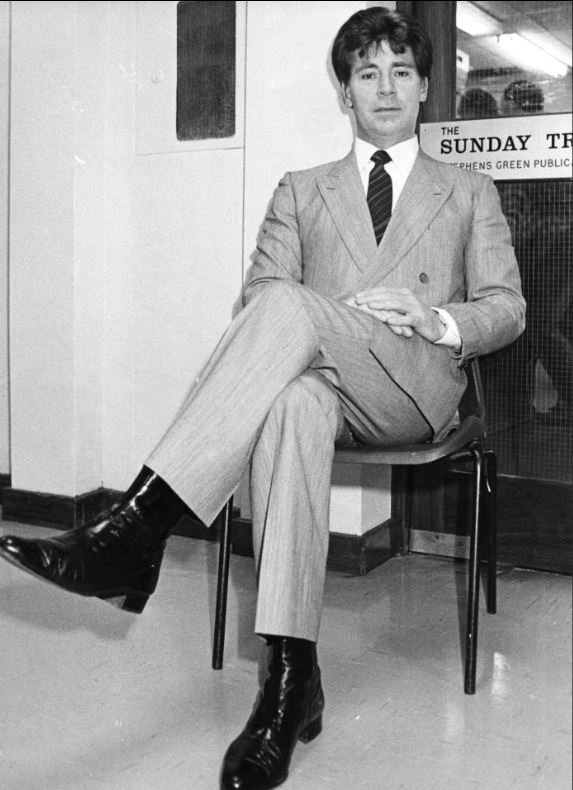
As the 1970’s began three of the brothers who were living in Ireland began to organise and carry out armed robberies. One by one, the other brothers start returning from England and joined what had become a highly efficient group of armed robbers. The brothers operated as a team and distributed the money equally between them.
However by the late 1970’s internal conflict began to develop among the brothers. Some of them felt that others were not contributing. enough to the members of the family who needed it. A power struggle also developed over who should be in overall control of the armed robbery operation. Bitterness and resentment developed between the brothers who had stayed in Ireland and those who had only recently returned from England. These conflicts led to the armed robbery team gradually breaking up and going their own ways. They would never operate as a team again.
Towards the end of the 1970’s its alleged that some of the brothers began selling drugs, mainly heroin. The Dunnes did not become involved in drugs simultaneously but they didn’t operate together as a single organisation. They had their own areas and methods of distribution, and their own routes of supply, the details of which they did not divulge to each other. Neither did they inform each other of their international contacts. However they did lend each other money on occasion and sold each other supplies of heroin, when a Drugs Squad bust would have left one of them short. But each of them was in total control of their own operation. It was not a family business, and there was no “godfather”, or overall boss.
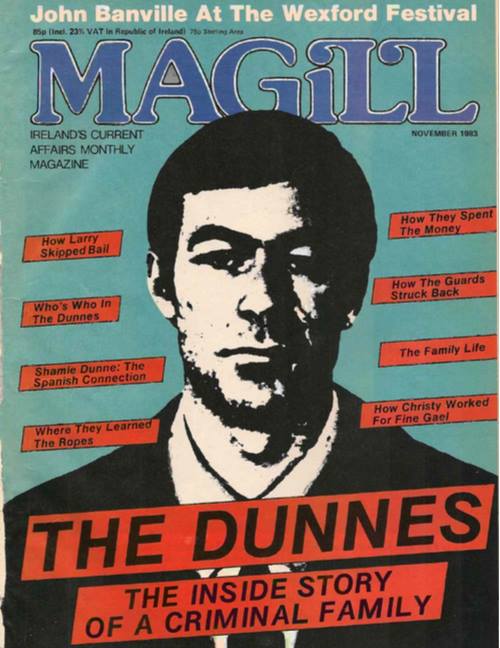
Of all the brothers Johnny & Christy were the only ones not to become involved at some level in drugs. During 1980 and ’81 four of the brothers allegedly were identified as major dealers: One was the largest heroin supplier to huge area stretching from Bray to Dun Laoghaire; two other brothers operated in the south inner-city around the flats complexes of Dolphin House, St. Teresa’s Gardens, Fatima Mansions and Oliver Bond Street flats; and another brother, who has not to date been charged with any drug offences, controlled a major share of the north inner-city.
They amassed a fortune, Larry Dunne paid IR£100,000 for a new house in May 1982, paying straight from his bank account it a large, luxurious house in its own grounds, located at the foot of the Dublin mountains with a panoramic view of Dublin Bay. Henry employed a building contractor to entirely renovate his Rutland Avenue house. The house was extended half-way down the long back garden, spiral stair-cases, a sauna and a private bar were installed. The front of the house was also extended. Christy, although not involved in the drug trade lived a luxurious life, and even owned a yacht.
The kindnesses of the Dunnes has been attested to by a lot of people. They were generous to their friends and charitable to worthy causes. They put shoes on a lot of bare feet, and quite a few homeless children into accommodation. All of the Dunnes spent their money freely. Some of them reportedly liked to gamble, ate in expensive restaurants, sent their children to private schools and traveled abroad on holidays. Larry, however, was more cautious, and banked most of his earnings.
Henry was a great mechanic, a highly skilled craftsman at his chosen profession, he was a family man too. At one time Henry was the member of the family, certainly the most affluent Dunne at any time. Shamie Dunne was extremely likable, good company, and generous with his money, he too was prominent family member for a while before being eclipsed by Larry. Larry Dunne was described as the classiest operator in the family, a talented criminal of exceptional intelligence and extraordinary ability.
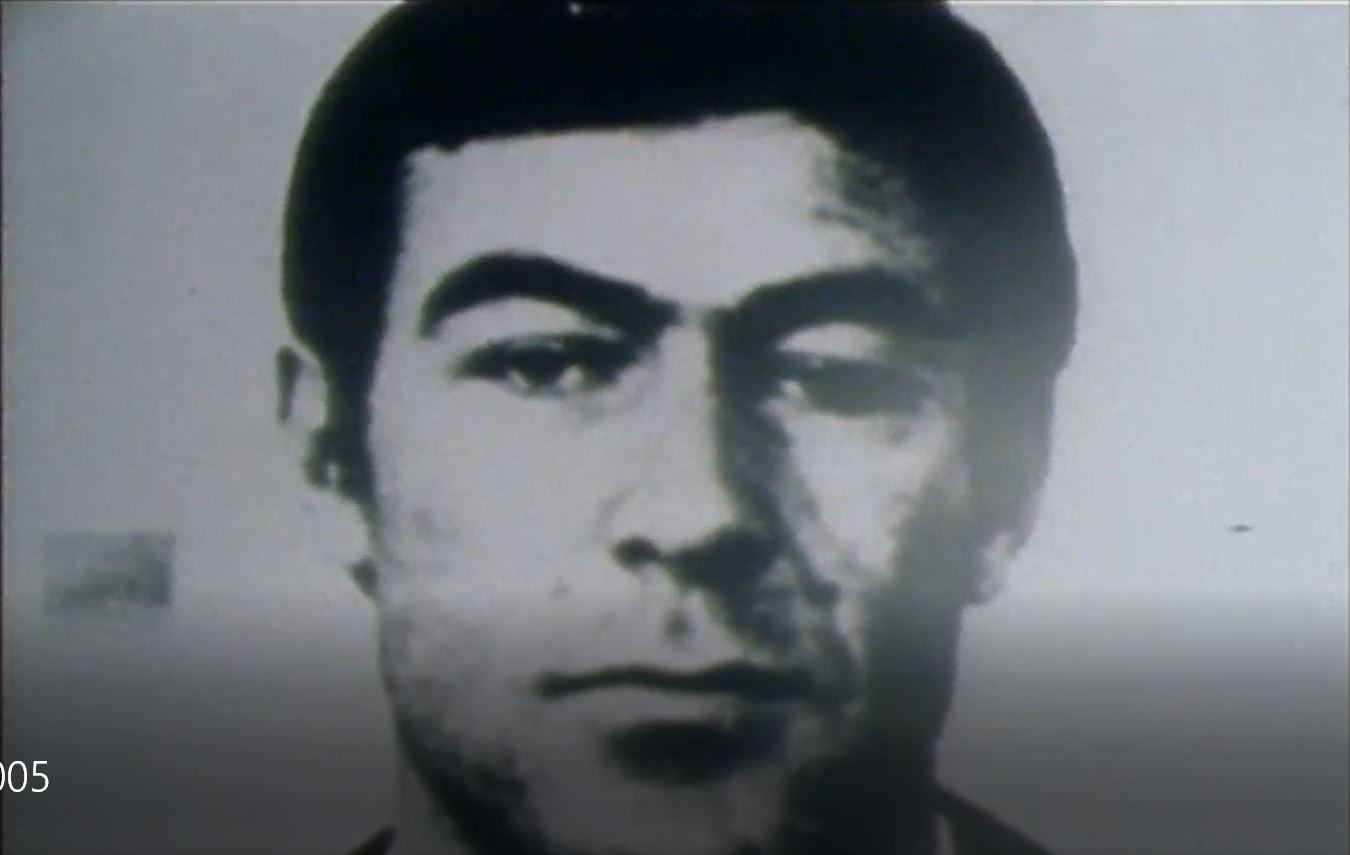
However Larry was to be caught with between IR£50,000 to £60,000 worth of heroin, cocaine and hash in his own house. The police had been given information by an informer, a criminal associate of the Dunnes’, some of the informers the police used to arrest the Dunnes were paid to do so. The Dunnes were rumored to have had paid informants within the Gardai and even hinted that they had bought themselves a judge or two. This, of course, was to discourage informants, and there has been no evidence that it ran to anything more than a few officials, having their people at docks and airports.
But there was also a capacity for violence and cruelty, this was at a time when Dublin was a different place, where murder involving drugs was rare, unlike today’s violence. One young man returned from abroad with a kilo of hash. He was a peace and love merchant who traded a little hash. The Dunnes, however wanted his stash, and wanted it bad. They arrived and took the young man prisoner and drove him away in the boot of a car. When he refused to tell them where he had hidden his hash, even after a beating, he was told to dig his own grave.
In 1982, the infamous Charles Haughey who was Taoiseach (Prime Minister) had a meeting with the Commissioner and Deputy Commissioner of the Gardai. Charles Haughey told them in no uncertain terms that he wanted something done about the Dunnes, they were walking the streets freely. He told them he wanted the Dunnes in prison within twelve months. Within fifteen months, six of the Dunnes had been convicted, with a further five arrested
The Dublin Drugs Squad was formed in 1967 by Inspector Denis Mullins, for twelve years it was made up of a handful of cops who chased and caught the odd cannabis dealer. Heroin was virtually non-existent in the country prior to that.
The campaign of saw the gardai keeping a close watch on members of the Dunne family. They were constantly searching their houses (many of them were on first-name terms with Drugs Squad detectives, they had met them so often), stopping them in their cars and checking driving licences and insurance. They usually remained calm and respectful, and said nothing. However, Shamie’s house had been searched twenty times in five years, and during one of the searches he was charged with assault and given a suspended sentence, when he complained of harassment.
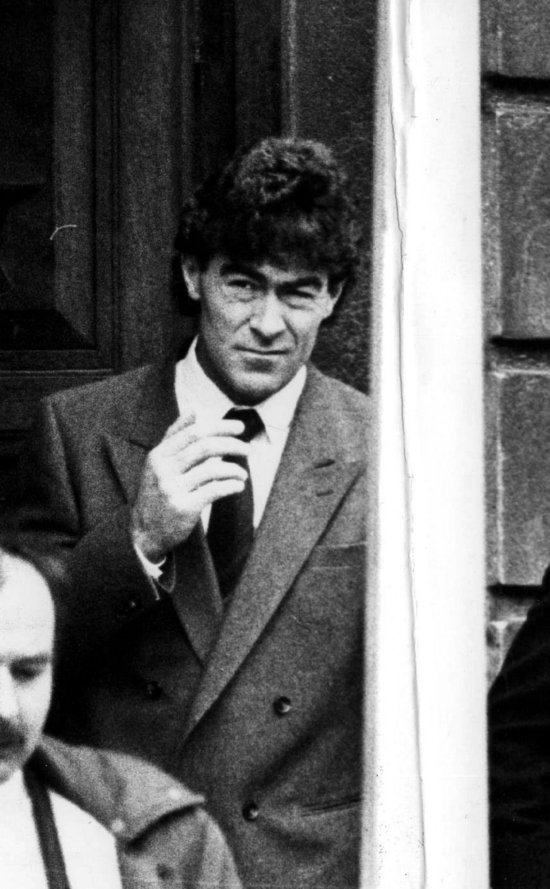
Another incident occurred at the funeral of their great aunt Dora. After the burial, the family at a bar, where they were followed by a large number of gardai. A scuffle broke out between members of the family and police, as they felt they should have some privacy and respect for the dead. Some members of the family were charged with assaulting certain gardai, but were acquitted when a jury found them not guilty.
Again at the wedding of Christy’s daughter the police took photos with long-range cameras. It was a huge wedding. The celebration took place at a hotel in Killiney which is in South Dublin, the national broadcaster, RTE sent cameras to film what was one of the biggest weddings of the year. It was also probably the last time the Dunne family would be together. The following month, Henry was sentenced to ten years in prison, five months later Larry fled the country while on bail, and earlier in the month Michael was sentenced to seven years in jail.
In 1982, both the Drugs Squad and the special drugs unit spent a huge amount of time and resources investigating a Spanish connection of the Dunne’s. One of the brothers had made several visits to Spain, and was suspected of establishing a direct route from Turkey to Spain for importing heroin to the Irish market. The Spanish route would have been both cheaper and safer than the regular route through Amsterdam, at the time the Spanish drugs police did not have the same experience and resources as the Dutch police did.
There was close co-operation between the Spanish and Irish police. In March 1982, the Spanish police raided an apartment in Malaga. In it they found large quantities of jewellery and heroin, and also some Dunne associates. The two associates of the Dunnes that were arrested in Spain, one was sentenced to five years in prison for supplying heroin in the UK, he had attempted to sell 31 grams of heroin to an undercover police officer. The other associate went on the run, its thought that he had been living in the United States for some time.
Larry Dunne was tried twice for the drugs with which he was charged. In the first trial in 1983, the jury failed to agree on a verdict, the jury had to give a unanimous verdict. Gardai claim to know that it was only one jury member who refused to give the guilty verdict and that they also believe that the particular member was “nobbled” or bought off, there was no evidence to back that up though.
A new trial was set. On Tuesday 21 June, Larry arrived at the court, and attended his trial in the morning. As an accused person is always in the custody of the court, an application must be made to the judge to allow him or her to remain on bail during the lunch break and overnight. An application was made to the judge on Larry’s behalf and the gardai did not object, he was released on bail during the lunch-hour. Larry went the Quill, a bar down the road from the Four Courts, where the trial was held. He was not under police surveillance at the time and was not followed. In The Quill, Larry changed into a new set of clothes, brought to him by an associate, he then disappeared from sight.
The trial proceeded in his absence. The jury took only twenty minutes to find him guilty. It was Larry Dunne’s thirty-fifth conviction, but only his first on a drugs offence. Larry Dunne was the first person ever to have been convicted in the Central Criminal Court in his absence.
Apparently Larry went to Crumlin to a safe house, he read the newspaper stories heard on the TV news how the jury had taken just twenty minutes to find him guilty on all the charges of trafficking heroin, cocaine and cannabis. He laughed when he heard that the homes of more than forty of his friends had been raided in one of the biggest search operations ever mounted by the gardai.
Larry, now disguised, headed north and west of Dublin, to Ireland’s least populated county, Leitrim, to stay with friends who had a house near the Shannon. However, in a tight-knit rural community every stranger stands out, it just wasn’t worth the risk and Larry stayed just a few days. He hired a canal barge and sailed down the Shannon.He made his way to county Clare and then onto Limerick. While in Limerick he made arrangements to go to Europe, through some contacts he had at the ports he sailed to France
Larry had arranged with his contacts to be met with a car and driver, instructed to drive him to Costa del Sol on Spain’s southern coast. He moved up and down the Costa del Sol, from Malaga to Marbella. Then checked out the Algarve in Porrtugal and the Canary Islands were a handy hideaway, and he spent time in Lanzarote and Tenerife. He looked good, every day he swam for an hour and he would be seen jogging along beach most days. He dressed well, with an eye for Italian designed suits, °Giorgio Armani at more than £400 each.
He was a regular in many of the bars and became known everywhere as “Richard”. Some of the Irish tourists who recognised, police on their holidays with their families but they looked the other way. He never crossed the Spanish police or broken any laws so they had no reason to arrest him. But he was alone, he was tired, he wanted to come back home.
The Portuguese immigration authorities, stopped him at a passport check as he got off a ferry from Spain. The officer opened the passport but was immediately suspicious he was told to stand aside while the officer looked through the “red notices”, circulars from the police forces around the world containing details and photographs of fugitives. The officer stopped when he saw a picture of Larry Dunne. He was deported back to Ireland to face a 14 year prison sentence.
Both Larry & Christy Dunne are alive today and have long left the underworld behind them. Christy who is now 83 is quite outspoken, even giving interviews with the media as recently as 2 / 2 / 2020. Larry Dunne is more reclusive and spends his time focusing on creating art.

